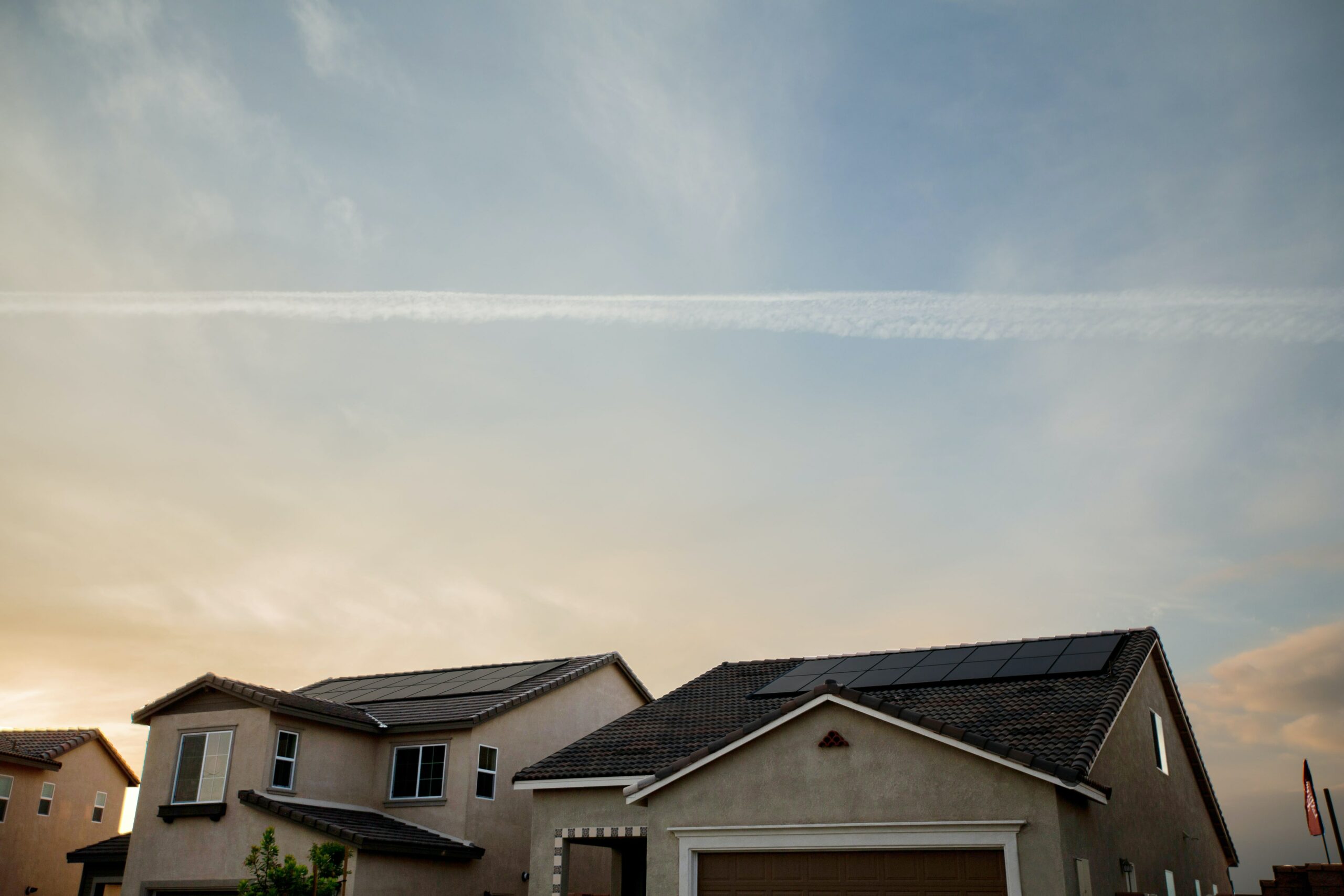Though some doubted it would ever cross the finish line, President Joe Biden signed the Inflation Reduction Act (IRA) into law on August 16th. This $430 billion climate and health care bill is a momentous step forward, providing opportunities for clean energy innovation that can protect our environment, create high-paying jobs, and grow Arizona’s economy.
This bill’s passage could not have happened without the determination of Sens. Kyrsten Sinema and Mark Kelly, who swayed the conversation by protecting the interests of small- and medium-sized businesses and the continued growth and competitiveness of Arizona’s economy.
The Arizona Democrats were able to deliver unified party support that will play a pivotal role in decreasing greenhouse gas emissions and alleviating historic droughts nationwide.
Here’s a snapshot of some of the IRA’s key takeaways for clean-energy initiatives in Arizona and beyond.
 Household Energy Efficiency Upgrades
Household Energy Efficiency Upgrades
An analysis of the bill conducted by the Rocky Mountain Institute found the IRA’s rebates and tax credits could bring electrification and energy-efficiency upgrades to millions of homes. This means an estimated $23 billion in funding to electrify homes; upgrade healing, cooling and ventilation equipment; and develop new energy-efficient buildings.
Just the installation of heat pumps—which can both heat and cool homes using electricity instead of natural gas or heating oil—can make a massive difference. In fact, heat pumps use less than half as much energy as conventional furnaces and air conditioners.
The best part? Most of these rebates and tax incentives support low- and middle-income households, which often have the highest energy bills due to deferred maintenance and the high cost of making upgrades to their homes.
Transformation of the Buildings Sector
In addition to individual households, the IRA provides a host of financial incentives that encourage businesses to invest in cleaner and more efficient construction and renovation.
It is estimated that the IRA will help retrofit up to 115 million square feet of commercial space via the energy-efficient commercial buildings tax credit. This credit grants a tax deduction of up to $1.80 per square foot to owners or designers of commercial buildings that demonstrate a 50% reduction in energy usage through improvements to healing, cooling, ventilation, hot water, and interior lighting systems.
To maximize the IRA’s transformative potential, these tax breaks must be accompanied by programs that educate consumers and contractors on the benefits of investing in energy efficiency and electrification.
 Accelerated Transportation Electrification
Accelerated Transportation Electrification
Speaking of electrification, the IRA features several tax credits that incentivize the adoption of electric vehicles (EVs) and commercial fleets, including:
- Extension of a light-duty EV tax credit of up to $7,500 per vehicle through 2032, which will more easily allow millions of consumers to switch to an EV.
- Addition of a tax credit that makes used EVs eligible for federal tax credits of up to $4,000 or 30% of the sales price.
- Addition of a commercial EV federal tax credit of up to 30% of each vehicle’s price.
- Extension of a tax credit on charging equipment placed in low-income or non-urban areas through 2032, offering a 30% credit for individual/residential uses and a 6% credit for commercial uses.
And that’s just the tip of the iceberg. The IRA contains tens of millions of dollars for other programs and funds that support EV manufacturing and supply chains.
Stabilization of the Solar Industry
Despite ranking fifth in the nation for solar-powered electricity generation in 2021, Arizona still has a long way to go in diversifying its electricity generation. Solar makes up only approximately 9%, with natural gas (43%), nuclear power (28%) and coal (13%) still in the lead.
Some environmental groups estimate the IRA will add more than 82,000 clean-energy jobs in Arizona, many of which will be in the solar industry. This increase will help remedy the gap between Arizona’s current investment in solar energy and the potential impact it could have.
Many leading executives in the solar industry also claim the IRA’s solar tax credits will give their businesses a sense of stability after years of facing possible tax credit elimination.
These changes allow business owners to focus more on running their companies and getting solar installed on their customers’ homes at a cheaper rate, especially as the IRA introduced tax credits for upgrading home electrical panels (a requirement for larger solar installations).
Support for Small Businesses
While it may be challenging for small business owners to sift through the legislation to identify these opportunities, there are many credits, loans, and grants they can now take advantage of through the IRA.
Notably, there is a doubling of the refundable research-and-development tax credit, which offers a $500,000 credit that can be applied against payroll taxes. It also includes expenditures for the improvement or development of products, processes, techniques, and even software.
Although navigating the repercussions of this 800-page bill will require time and patience in the months to come, I have no doubt that the IRA will help many small businesses make the transition to clean energy.
Together, we can create the cleaner, healthier, and more prosperous future we envision.
Sources:
https://rmi.org/the-inflation-reduction-act-could-transform-the-us-buildings-sector/
https://www.electrificationcoalition.org/inflation-reduction-act/
https://www.electrificationcoalition.org/wp-content/uploads/2022/08/SAFE_1-sheet_Webinar.pdf





